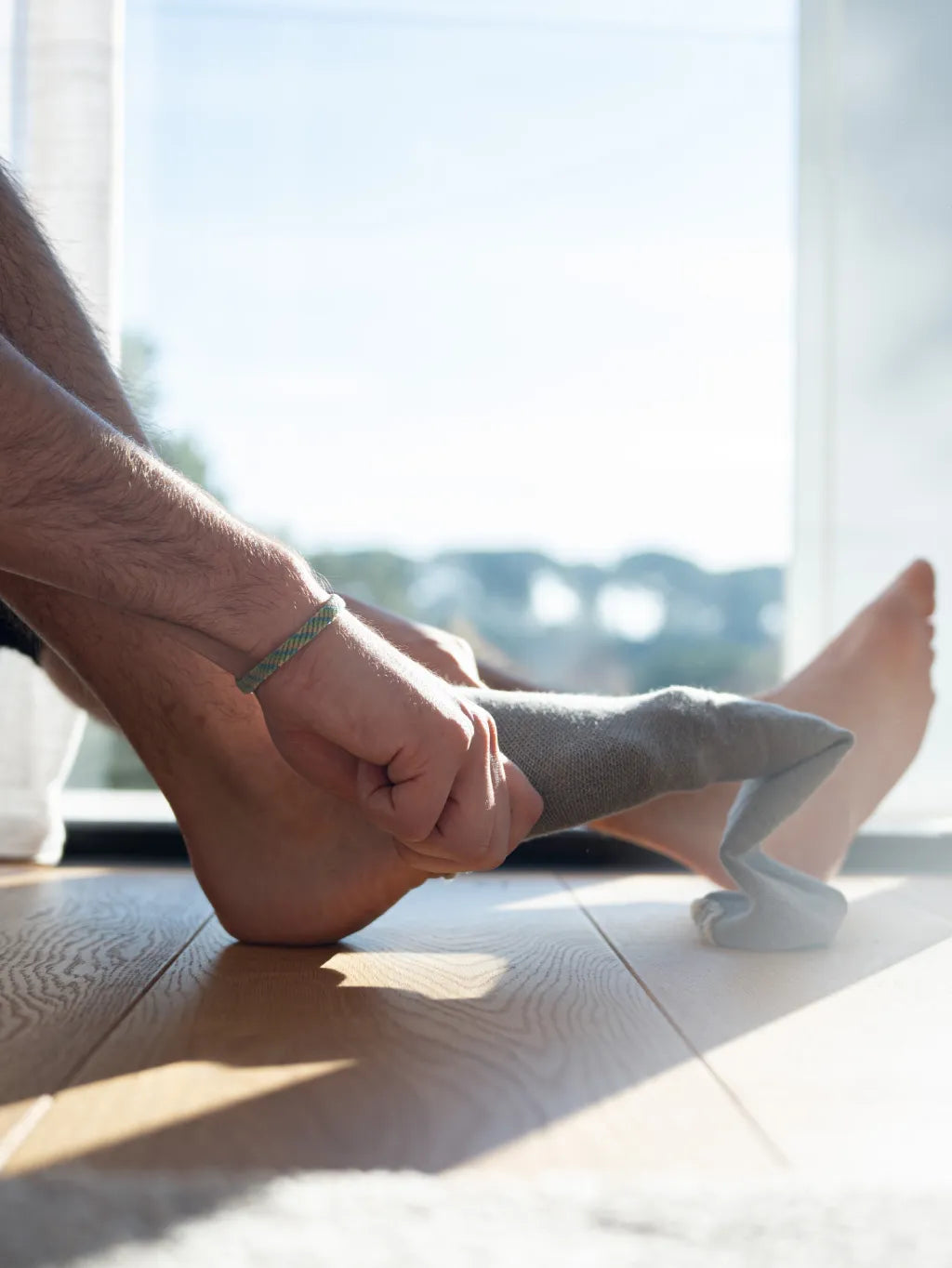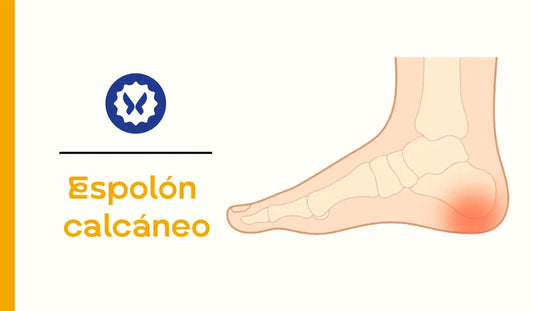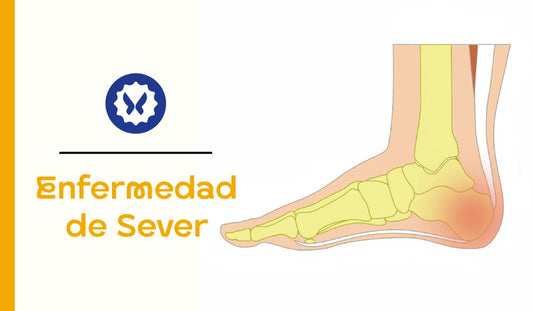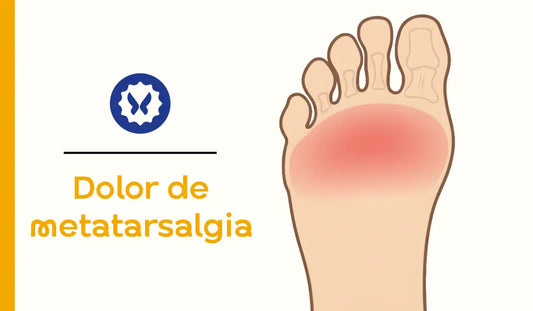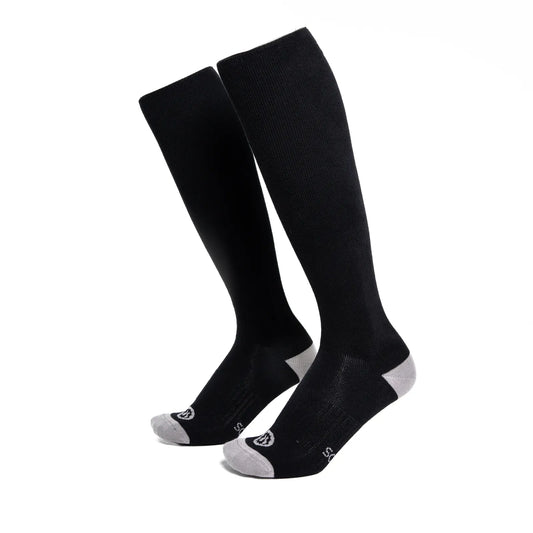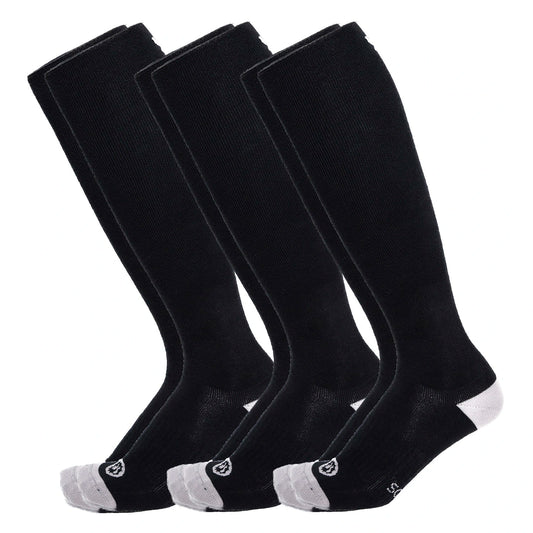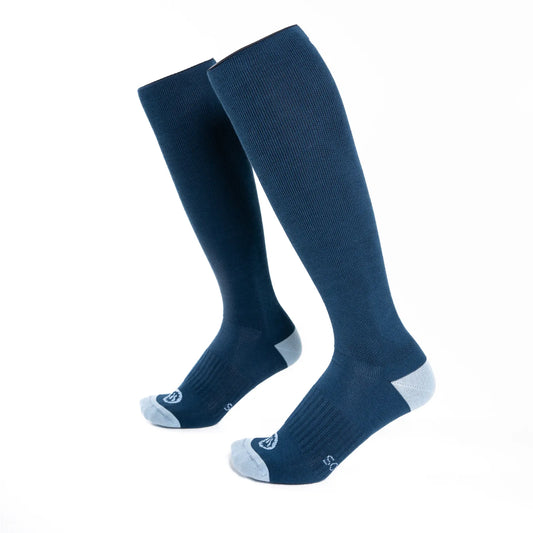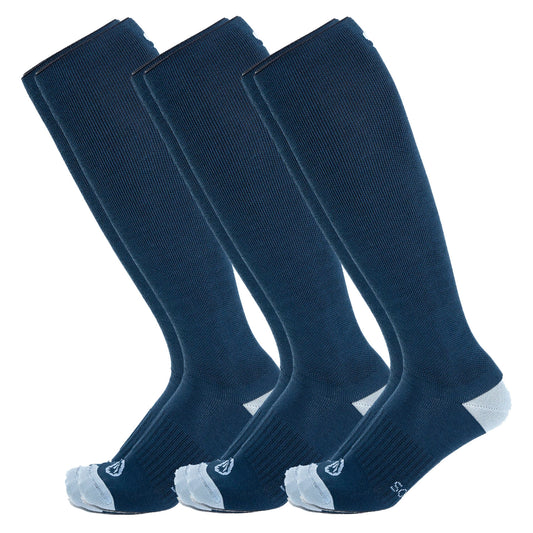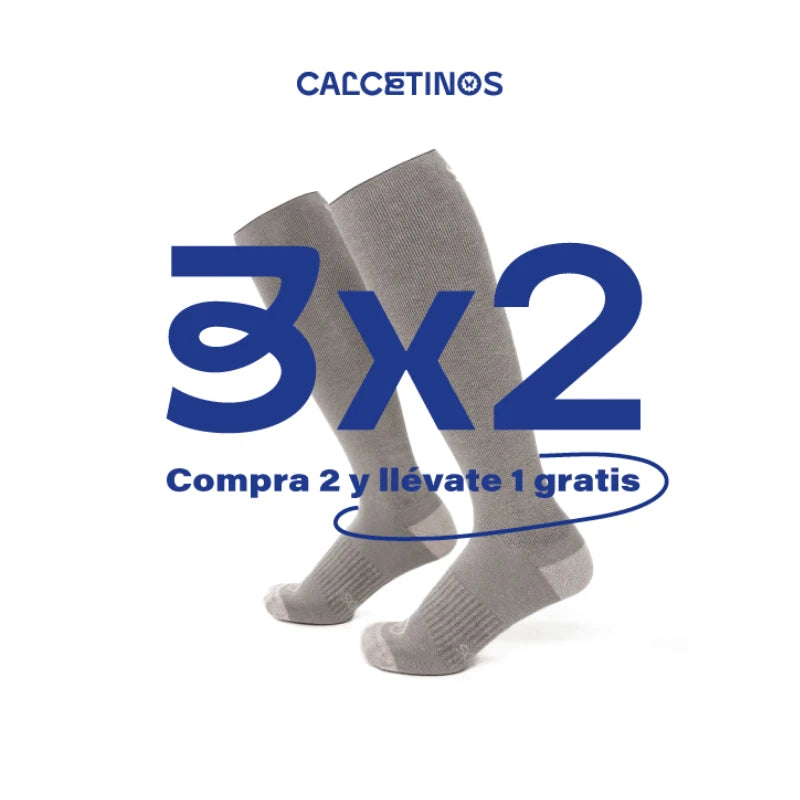Let's be clear that we are not resorting to the old trick of discrediting the competition. But we must emphasize a mistake that many make and that, in fact, can even be dangerous when wearing compression socks: the majority of models on the market DO NOT apply gradual compression.
As you already know (or will know with this post), the function of this type of clothing is to help blood circulate better through the lower extremities . In this way, a discomfort that many people have, especially in the last hours of the day, is prevented and relieved: swelling in the legs.
Why do legs swell?
The circulatory system is made up of the heart, arteries and veins. The arteries are those that carry blood from the heart to the rest of the body, while the veins carry blood from the rest of the body to the heart, thus closing the circuit that gives us life.
Well, inside the veins there are small valves that make the blood always flow in the same direction. The valves in the veins of the legs work thanks to the pressure applied to them by two pumps: the one on the sole of the foot and the one on the calf . When this pressure is not sufficient, the valves of the veins fail, and blood, due to gravity, accumulates in the tissues (edema) .
What socks for swollen legs do, therefore, is to facilitate the work of the natural pumps of the foot and leg , so the valves of the veins can better fulfill their function and the blood circulates more fluidly upwards (return venous).
How much pressure do compression socks exert?
The pressure of these garments is measured in millimeters of mercury (mmHg) , and, according to their intensity, in Spain they are classified as follows:
- Type 1 : normal compression, between 22 and 29 mmHg
- Type 2 : strong compression, between 30 and 40 mmHg
- Type 3 : very strong compression, greater than 40 mmHg
Each type of pressure has different applications , from treating the most minor circulation problems to the most serious ones caused by diseases such as chronic venous insufficiency or deep vein thrombosis.
The importance of gradual compression
When we talk about gradual compression we mean that the sock applies greater pressure to the ankle and less to the calf area. That is why we say that it is gradual, because the pressure decreases as the garment rises towards the knee.
Gradual compression therapy is the most indicated because it helps improve blood flow upwards. If the garment exerts more pressure in the upper area, it has the opposite effect, that is, the blood returns downwards, producing venous hypertension and, therefore, worsening circulation.
For the same reason, these garments should be long and fit at least below the knee: ankle socks do not contribute to the work of the calf pump, so they do not serve to improve circulation in the lower extremities.
Socks, gradual compression socks to lighten your legs
If we take as reference the types of pressure that we have seen before, Calcetinos are gradual and light compression socks, since they apply a pressure that ranges from 14 to 17 mmHg.
They are designed to prevent and relieve the feeling of swollen legs, reduce the risk of developing varicose veins and avoid muscle fatigue during exercise. Therefore, they are the best allies of:
- People who work all day on their feet , such as healthcare personnel, construction workers, waiters, shop assistants, flight attendants...
- People who work sitting all day , such as teleoperators, analysts, programmers, writers, receptionists and office workers in general.
- Pregnant women , especially those in the last trimester.
- Athletes who want to increase their performance.
Gradual compression socks should be worn during the day and removed in the evening to give your legs a rest. At that time, it is recommended to take cold and warm water baths on your legs, alternating, to work the venous system.
Give your legs a hand with Calcetinos and give them back all their energy.

